4.5E: Exercises
This page is a draft and is under active development.
( \newcommand{\kernel}{\mathrm{null}\,}\)
Exercise
1) If c is a critical point of
2) For the function
- Answer
-
It is not a local maximum/minimum because
3) For the function
4) Is it possible for a point
- Answer
-
No
6) Why do you need continuity for the first derivative test? Come up with an example.
7) Explain whether a concave-down function has to cross
- Answer
-
False; for example, \(y=\sqrt{x}\).
8) Explain whether a polynomial of degree
- Answer
-
Under Construction.
Exercise
For the following exercises, analyze the graphs of
1)
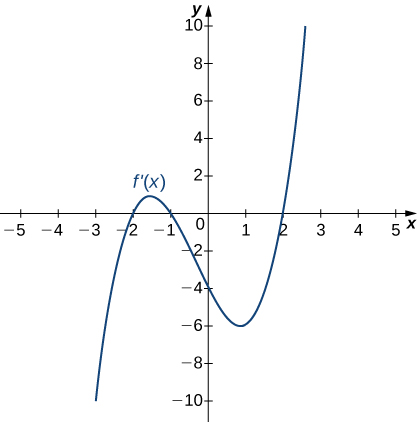
- Answer
-
Increasing for
2)
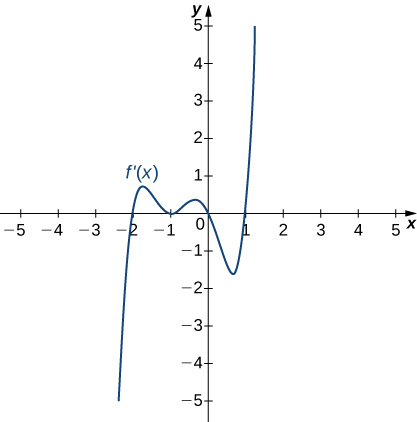
3)
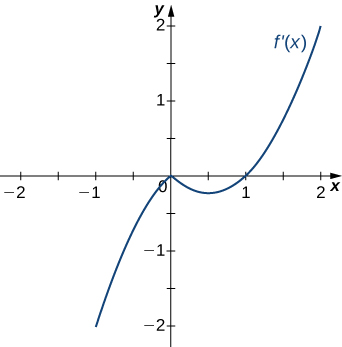
- Answer
-
Decreasing for
4)
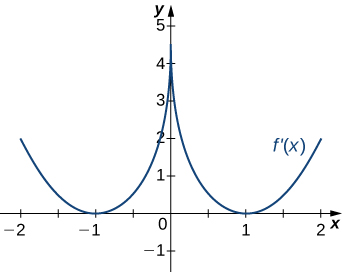
5)
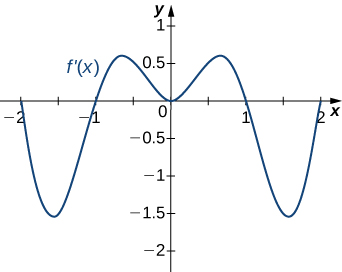
- Answer
-
Decreasing for
Exercise
For the following exercises, analyze the graphs of
a.
b. the minima and maxima are located.
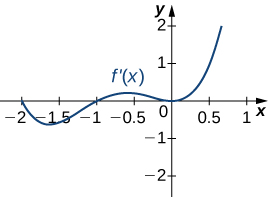
1)
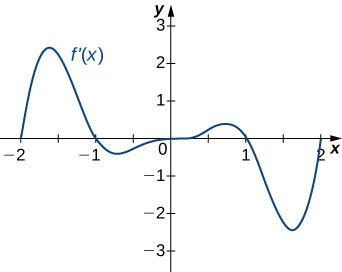
- Answer
-
a. Increasing over
2)
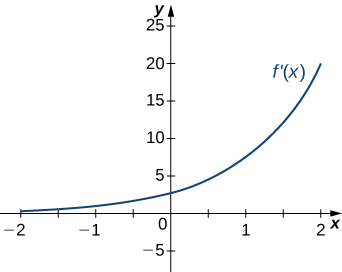
3)
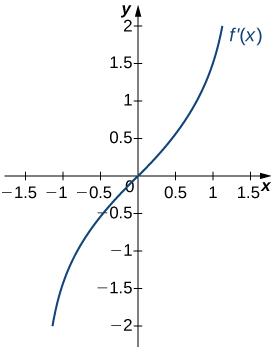
- Answer
-
a. Increasing over
4)
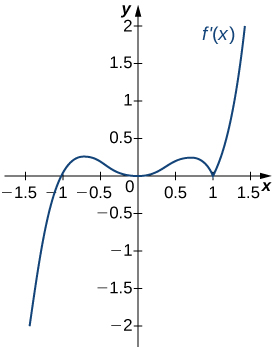
Exercise
For the following exercises, analyze the graphs of
1)
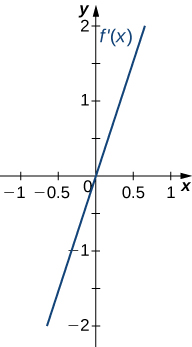
- Answer
-
Concave up on all
2)
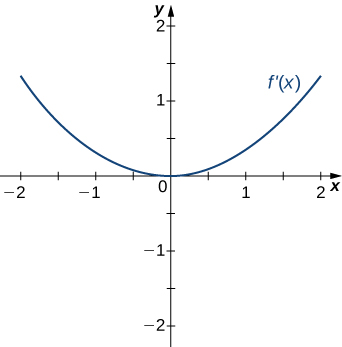
3)
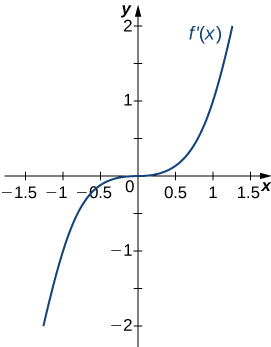
- Answer
-
Concave up on all
4)
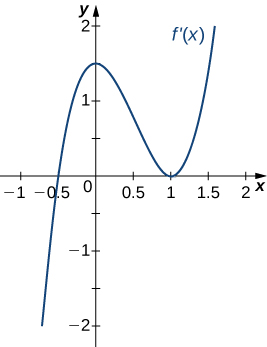
5)
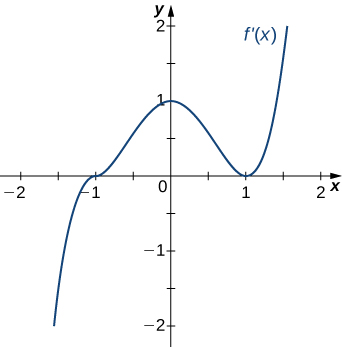
- Answer
-
Concave up for
Exercise
For the following exercises, draw a graph that satisfies the given specifications for the domain
1)
2)
3)
4) There is a local maximum at
5) There are local maxima at
- Answer
-
2)Decreasing for \(−1<x<2\) ; increasing for \(−3<x<−1\) and
Exercise
For the following exercises, determine
a. intervals where
b. local minima and maxima of
1)
- Answer
-
a. Increasing over
b. Local maximum at
2)
- Answer
-
Under Construction
Exercise
For the following exercises, determine
a. intervals where
b. local minima and maxima of
c. intervals where
d. the inflection points of
1)
- Answer
-
a. Concave up for
b. Inflection point at
2)
3)
- Answer
-
a. Increasing over
b. Maximum at
c. Concave up for
d. Infection point at
4)
5)
- Answer
-
a. Increasing over
b. Minimum at
c. Concave down for
d. Inflection point at
6)
7)
- Answer
-
a. Increasing over
b. Minimum at
c. Concave up for all
d. No inflection points
8)
Exercise
For the following exercises, determine
a. intervals where
b. local minima and maxima of
c. intervals where
d. the inflection points of
1)
- Answer
-
a. Increases over
b. Minimum at
c. Concave up for
d. Inflection points at
- Solution
-
Since

Thus,
a. Increases over
b. Minimum at
Concavity:

Thus,
c. Concave up for
d. Inflection points at
2)
3)
- Answer
-
a. Increasing for all
b. No local minimum or maximum
c. Concave up for
d. Inflection point at
4)
5)
- Answer
-
a. Increasing for all
b. No local minima or maxima
c. Concave up for
d. No inflection points in domain
6)
7)
- Answer
-
a. Increasing over
b. Minimum at
c. Concave up for
d. Infection points at
8)
9)
- Answer
-
a. Increasing over
b. Minimum at
c. Concave up for
d. Inflection point at
- Solution
-
Sign of Thus
Concavity:
Using the table below:
Sign of -
10)
11)
- Answer
-
a. Increasing over
b. Minimum at
c. Concave up for
d. Inflection point at
Exercise
For the following exercises, interpret the sentences in terms of
1) The population is growing more slowly. Here
- Answer
-
2) A bike accelerates faster, but a car goes faster. Here
3) The airplane lands smoothly. Here
- Answer
-
4) Stock prices are at their peak. Here
5) The economy is picking up speed. Here
- Answer
-
Exercise
For the following exercises, consider a third-degree polynomial
Determine whether the following statements are true or false. Justify your answer.
1)
2)
- Answer
-
True, by the Mean Value Theorem
3) There is no absolute maximum at
4) If
- Answer
-
True, examine derivative
5) If
For the following exercises, determine
a. intervals where
b. local minima and maxima of
c. intervals where
d. the inflection points of
1.
2.
3.
4.
5.
6.
7.
8.
9.
10.
11.
12.
13.
14.
15.
Suppose we have the following information where
a) Identify any asymptotes for the function
b) Find where the function
c) Find where the function
Contributors and Attributions
Gilbert Strang (MIT) and Edwin “Jed” Herman (Harvey Mudd) with many contributing authors. This content by OpenStax is licensed with a CC-BY-SA-NC 4.0 license. Download for free at http://cnx.org.
- Exercises 11 and 12 are by Pamini Thangarajah

